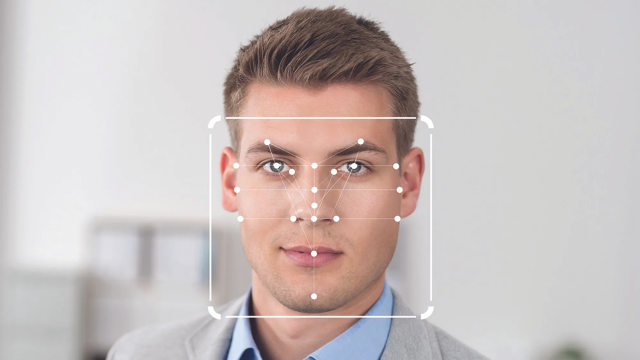IATA tests end-to-end digital airline trip
2023-10-30IATA has successfully tested an end-to-end travel experience supported by digital identity.
The proof of concept is an industry first, says IATA, and shows that it is possible for a traveler to have a personalized shopping experience, followed by a hands-free airport journey, all enabled by a secure digital identity contained within an individual’s smartphone.
“It’s a no-brainer that it’s time the industry moves in this direction,” IATA senior vice president of settlement and distribution services Muhammad Albakri said during the trade group’s World Passenger Symposium here.
To begin the process, flyers establish a secure identity by scanning their digital passport with a mobile phone, which is then verified against a facial photo.
Within their digital wallet, flyers can input other data, such as frequent-flyer numbers or student or employee IDs.
IATA emphasizes that a digital identity is tamper-proof and under the control of each traveler, who share only what they want. Flyers then selectively share the digital wallet with various parties as they go through the travel journey.
For flight shopping, for example, travelers have the choice of sharing preferences, loyalty numbers and data from previous searches with a booking engine in order to enable a personalized offer tailored to the individual.
Personalization can even be deployed by airlines within third-party booking platforms such as OTAs.
Later in the travel journey, the digital identity can be used by airlines for bag check and boarding and by governments for security clearance and customs clearance.
Through each of those stages of the journey, biometric facial identification is used to match the individual with their flight booking and with their passport. No need to show a ticket or an ID.
A digital wallet also contains each flyer’s booking information within a single document, eliminating the need for separate passenger name records (PNRs), e-tickets and the electronic miscellaneous documents (EMDs) that are used to record ancillary purchases such as seat selections, checked bags and other offerings.
Each of the technologies deployed in the recent IATA proof of concept have already been implemented by various vendors, airlines, airports or governments. But the IATA trial was the first to link all the legs together, using a mix of suppliers.
In total, 11 entities participated in the trial, including Trip.com, British Airways, Amadeus, airport IT developer Accenture and the Australian Border Force.
IATA senior vice president of operations, safety and security Nick Careen said the trade group is now working on technology standards that would enable that linkage on a commercial scale.
He estimated that the first bridged technology could be ready by 2027. Implementation is likely to be steep at first, Careen said, but then have a steep upward curve.
Courtesy of Travel Weekly


